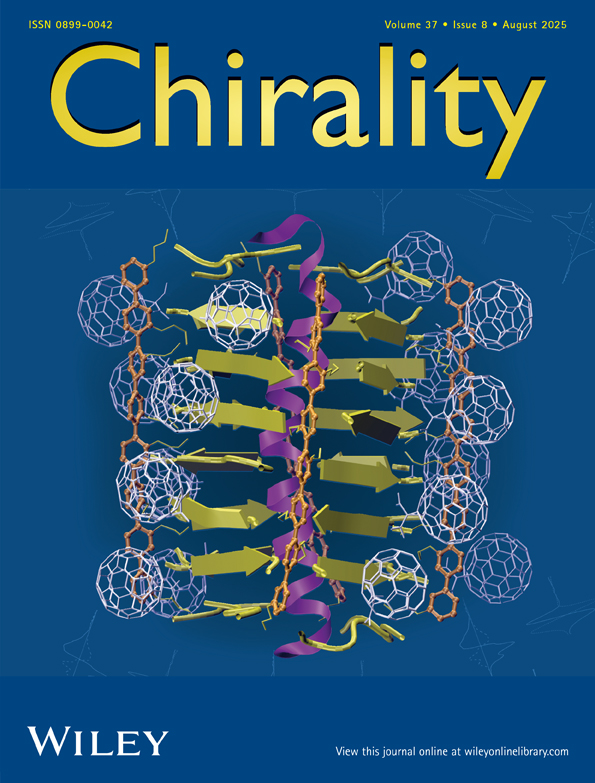HPLC enantioseparation on cellulose tris(3,5-dimethylphenylcarbamate) as a chiral stationary phase: Influences of pore size of silica gel, coating amount, coating solvent, and column temperature on chiral discrimination
Abstract
Cellulose tris(3,5-dimethylphenylcarbamate) (CDMPC) was coated on large-pore silica gels and used as a chiral stationary phase (CSP) for high-performance liquid chromatographic separation of enantiomers. The influences of pore size of silica gel, coating amount of CDMPC, coating solvent, and column temperature on chiral discrimination were investigated. CSPs prepared with a large-pore silica gel having a small surface area showed higher chiral recognition. The amount of CDMPC adsorbed on the silica gel influenced the chiral recognition of some racemates. Loading capacity of racemates increased with an increase of the amount of CDMPC supported on the silica gel, and a CSP coated with 45% CDMPC by weight can be used for both analytical and semi-preparative scale separations. The CDMPC, coated using acetone as the coating solvent, exhibited, in many cases, higher enantioselectivity than that obtained with tetrahydrofuran F as the coating solvent. © 1996 Wiley-Liss, Inc.




